International
No forgiveness for Shining Path leader Abimael Guzman

AFP
Four decades after Shining Path guerillas massacred dozens of their loved ones in the town square, residents of Santiago de Lucanamarca, a remote settlement in the Peruvian Andes, say they cannot forgive the man responsible, Abimael Guzman, who died on Saturday.
In one of the worst atrocities committed by the group in its quest to overthrow the then government, Shining Path rebels armed with machetes, axes, knives and guns mowed down 69 civilians — including 22 children — on April 3, 1983.
Some were burnt alive with kerosene, other hacked to death in a warning to other communities not to oppose the Shining Path.
“This wound he left us cannot be healed,” said Orfelinda Quincho, a teacher of 64 who lost nine relatives in the massacre, including her mother and a son.
“There is no forgiveness for Abimael. If he is dead, may his body be burnt and thrown into the sea,” she told AFP after 86-year-old Guzman’s death at a maximum security prison, where he was serving a life sentence.
Heraclides Misaico, 68, lost her husband Alberto Tacas and four children — Adela, 9, Haydee, 7, Abdon, 5, and Benilda, 4.
She hid at home, and survived the massacre with her three other children.
“Abimael Guzman has done us much harm. To my children and my husband,” she said “We don’t want to think of that person. He killed innocent people. Many were left orphaned.”
– Hidden crime –
According to residents, armed Shining Path rebels marched into Lucanamarca on that fateful day, forcing people onto the main town square.
They selected men and women whom they accused of collaborating with government forces and summarily executed them.
At the time, the town had some 2,600 residents — speakers of the Quecha indigenous language who lived in mud and brick dwellings and dedicated themselves to small-scale farming.
For fear of reprisals, family members only reported the crime in 2001 — 18 years after the fact — in testimony to Peru’s Truth and Reconciliation Commission investigating crimes committed during the country’s 1980-2000 civil war.
The remains of 64 of the victims were positively identified after being exhumed in 2002 from a mass grave, where they had been secretly deposited by relatives under threat of death from the Shining Path if they told anyone about what happened.
Since 2003, the remains of those killed lie in a white mausoleum in the village cemetery surrounded by pine and eucalyptus trees.
A pyramid-shaped monument on the Plaza de Armas village square bears the names of the victims, which included 22 children and 14 women.
– ‘We cannot forget’ –
“It is a trauma we cannot forget,” said Rolando Misaico, who at the age of 10 lost his mother and six other family members in the massacre.
His mother, Felicitas Ebanan, was hacked to death with an axe.
Misaico and other villagers hid away for months in caves in nearby hills after the brutal crime.
Epifanio Quispe, 75, said he was among a group of people captured and brought to the central square that day.
“They sprayed kerosene on us… but a cry from the police allowed us to flee,” he recounted.
His brother, 32-year-old Damian, was not so lucky.
A court in 2006 found Guzman and his wife Elena Iparraguirre were the masterminds behind the Lucanamarca massacre and sentenced them to life in prison.
He had acknowledged responsibility for the crime in an interview in 1988 with El Diario, a Shining Path mouthpiece publication, and was captured in 1992.
The Shining Path spread terror across Peru in the 1980s and 1990s in its war against the state, which left some 70,000 people dead and thousands missing and displaced.
On Friday, the government of Peru promulgated a law approved by parliament allowing authorities to cremate Guzman’s body.
His also-imprisoned widow had requested that the body be turned over to her for burial, but officials were concerned the gravesite could become a rallying point for his followers.
International
U.S. and Mexico Reach Deal to Address Water Deficit Under 1944 Treaty
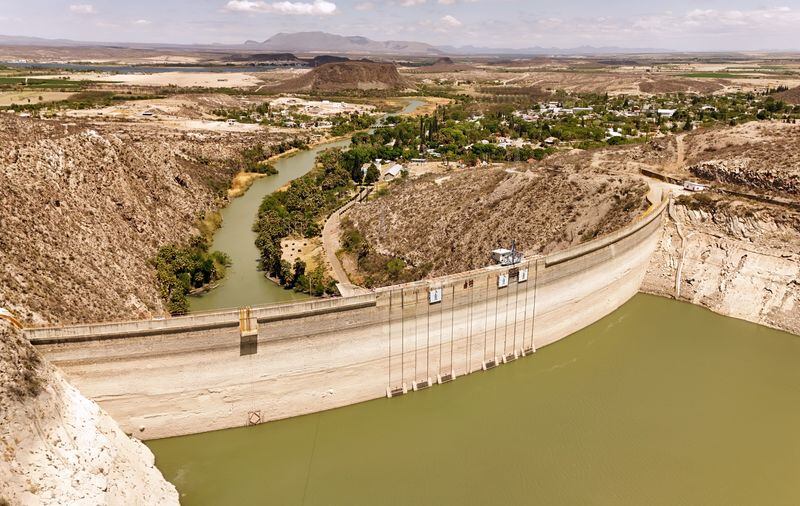
The United States and Mexico have reached an agreement to comply with current water obligations affecting U.S. farmers and ranchers and for Mexico to cover its water deficit to Texas under the 1944 Water Treaty, the U.S. Department of Agriculture said in a statement.
The department уточified that the agreement applies to both the current cycle and the water deficit from the previous cycle.
On Monday, U.S. President Donald Trump accused Mexico of failing to comply with the water-sharing treaty between the two countries, which requires the United States to deliver 1.85 billion cubic meters of water from the Colorado River, while Mexico must supply 432 million cubic meters from the Rio Grande.
Mexico is behind on its commitments. According to Washington, the country has accumulated a deficit of more than one billion cubic meters of water over the past five years.
“This violation is severely harming our beautiful crops and our livestock in Texas,” Trump wrote on Monday.
The Department of Agriculture said on Friday that Mexico had agreed to supply 250 million cubic meters of water starting next week and to work toward closing the shortfall.
Agriculture Secretary Brooke Rollins, quoted in the statement, said Mexico delivered more water in a single year than it had over the previous four years combined.
Trump has said that if Mexico continues to fall short of its obligations, the United States reserves the right to impose 5% tariffs on imported Mexican products.
Mexico’s Deputy Foreign Minister for North America, Roberto Velasco, said that a severe drought in 2022 and 2023prevented the country from meeting its commitments.
International
Several people shot in attack on Brown University campus
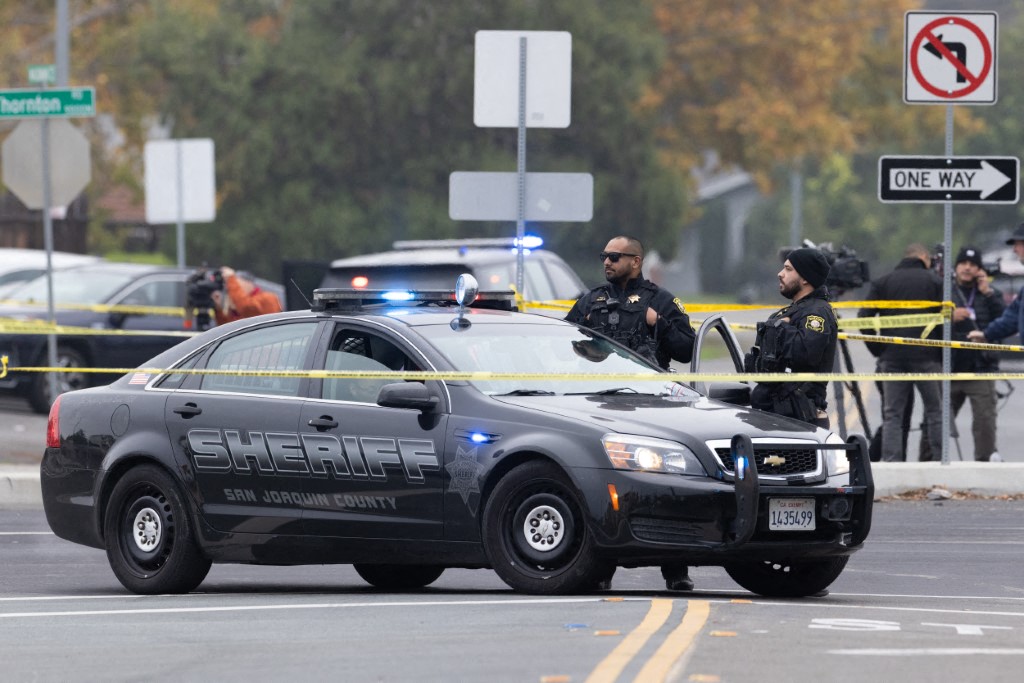
Several people were shot on Saturday in an attack on the campus of Brown University, in the northeastern United States, local police reported.
“Shelter in place and avoid the area until further notice,” the Providence Police Department urged in a post on X. Brown University is located in Providence, the capital of the state of Rhode Island.
U.S. President Donald Trump said on his social media platform Truth Social that he had been briefed on the situation and that the FBI was on the scene.
At 5:52 p.m. local time (11:52 p.m. GMT), Brown University said the situation was still “ongoing” and instructed students to remain sheltered until further notice.
After initially stating that the suspect had been taken into custody, Trump later posted a second message clarifying that local police had walked back that information. “The suspect has NOT been apprehended,” the U.S. president said.
International
Colombia says it would not reject Maduro asylum request as regional tensions escalate
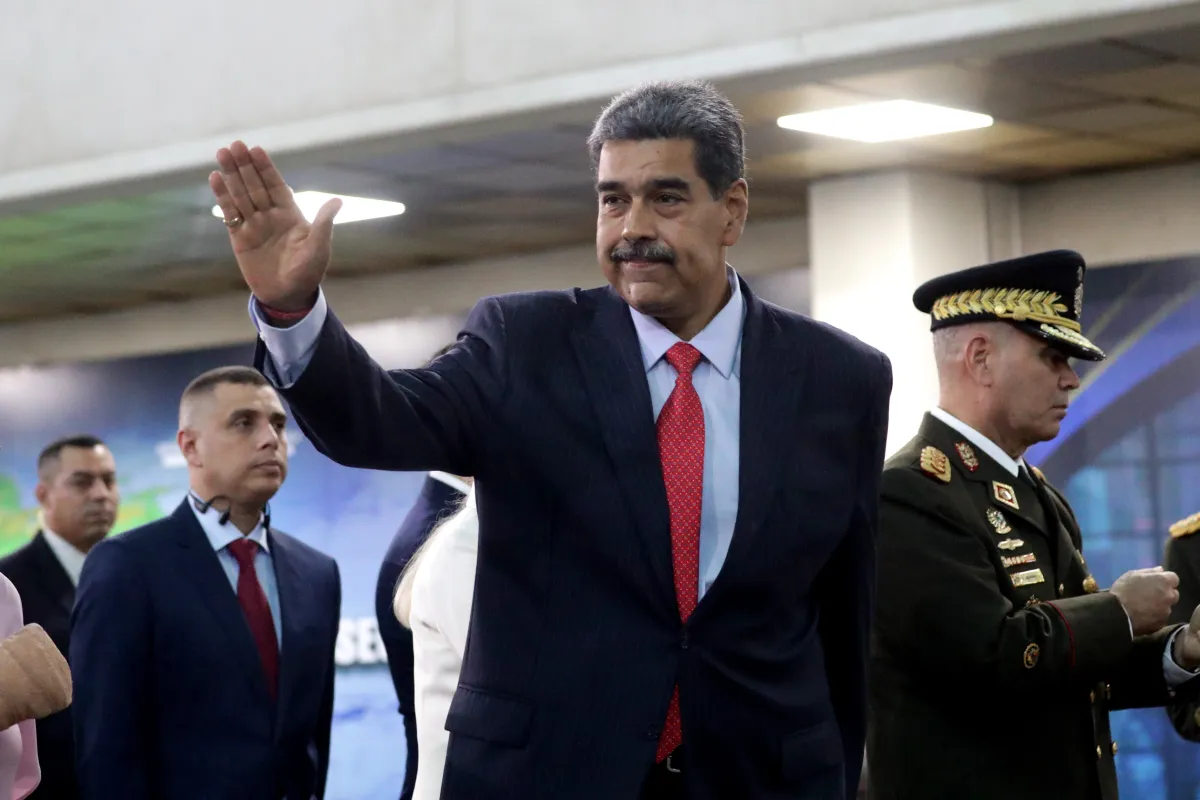
The Colombian government stated on Thursday that it would have no reason to reject a potential asylum request from Venezuelan President Nicolás Maduro should he leave office, as regional tensions persist over the deployment of U.S. military forces in the Caribbean since August.
“In the current climate of tension, negotiations are necessary, and if the United States demands a transition or political change, that is something to be assessed. If such a transition results in him (Maduro) needing to live elsewhere or seek protection, Colombia would have no reason to deny it,” said Colombian Foreign Minister Rosa Villavicencio in an interview with Caracol Radio.
However, Villavicencio noted that it is unlikely Maduro would choose Colombia as a refuge. “I believe he would opt for someplace more distant and calmer,” she added.
Colombian President Gustavo Petro also commented on Venezuela’s situation on Wednesday, arguing that the country needs a “democratic revolution” rather than “inefficient repression.” His remarks followed the recent detention and passport cancellation of Cardinal Baltazar Porras at the Caracas airport.
“The Maduro government must understand that responding to external aggression requires more than military preparations; it requires a democratic revolution. A country is defended with more democracy, not more inefficient repression,” Petro wrote on X (formerly Twitter), in a rare public criticism of the Venezuelan leader.
Petro also called for a general amnesty for political opponents and reiterated his call for forming a broad transitional government to address Venezuela’s prolonged crisis.
Since September, U.S. military forces have destroyed more than 20 vessels allegedly carrying drugs in Caribbean and Pacific waters near Venezuela and Colombia, resulting in over 80 deaths.
U.S. President Donald Trump has repeatedly warned that attacks “inside Venezuela” will begin “soon,” while Maduro has urged Venezuelans to prepare for what he describes as an impending external aggression.
-
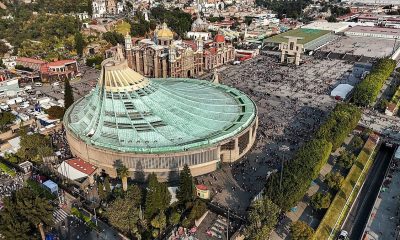
 International5 days ago
International5 days agoMexico City prepares for 13 million pilgrims at Basilica of Guadalupe
-
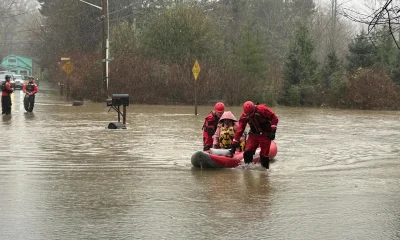
 International4 days ago
International4 days agoWashington declares State of Emergency as atmospheric river brings severe flooding
-

 International4 days ago
International4 days agoU.S. to require five-year social media history from tourists under Visa Waiver Program
-
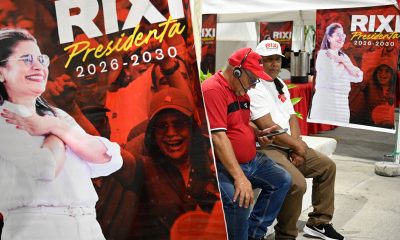
 Central America5 days ago
Central America5 days agoHonduras’ electoral chief reports ongoing technical issues but says results remain intact
-
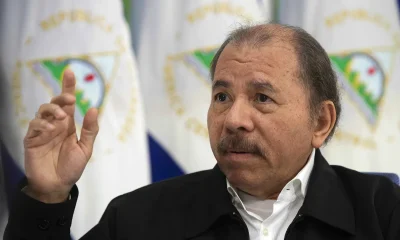
 Central America5 days ago
Central America5 days agoU.S. accuses Ortega regime of systematic human rights abuses in Nicaragua
-
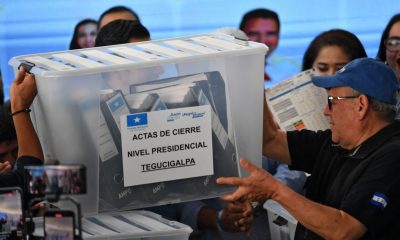
 Central America5 days ago
Central America5 days agoU.S. finds no evidence of fraud in Honduras election despite delays
-
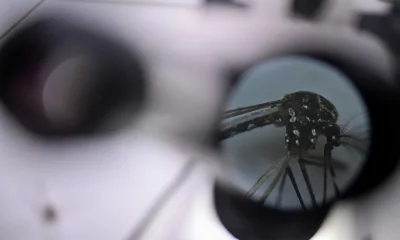
 International3 days ago
International3 days agoCuba battles out-of-control dengue and chikungunya epidemic as death toll rises to 44
-

 Central America3 days ago
Central America3 days agoHonduras election crisis deepens as CNE president denounces intimidation attempts
-

 Central America4 days ago
Central America4 days agoOAS and EU urge honduran political actors to respect vote results and avoid unrest
-
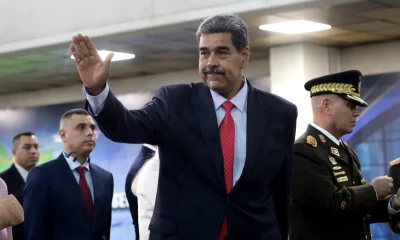
 International3 days ago
International3 days agoColombia says it would not reject Maduro asylum request as regional tensions escalate
-
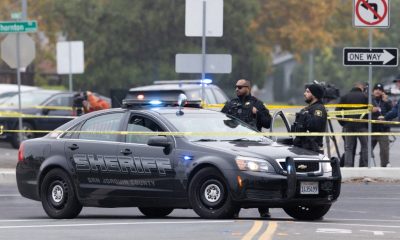
 International2 days ago
International2 days agoSeveral people shot in attack on Brown University campus
-
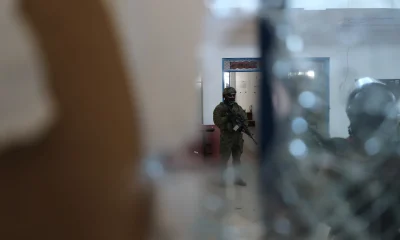
 International3 days ago
International3 days agoEcuador on track for record violence as homicides hit highest level in Latin America again
-
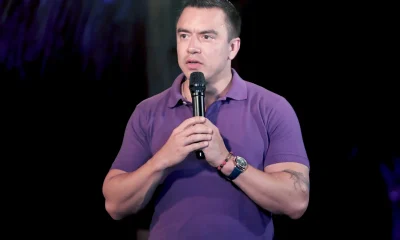
 International4 days ago
International4 days agoSix ecuadorian soldiers jailed pending trial for alleged extrajudicial execution
-
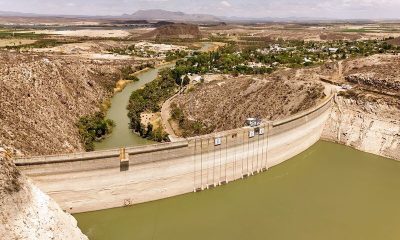
 International1 day ago
International1 day agoU.S. and Mexico Reach Deal to Address Water Deficit Under 1944 Treaty
-
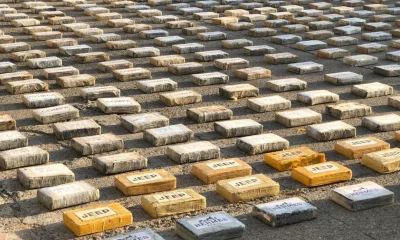
 Central America7 hours ago
Central America7 hours agoPanama seizes over three tons of drugs hidden in Caribbean port container


























